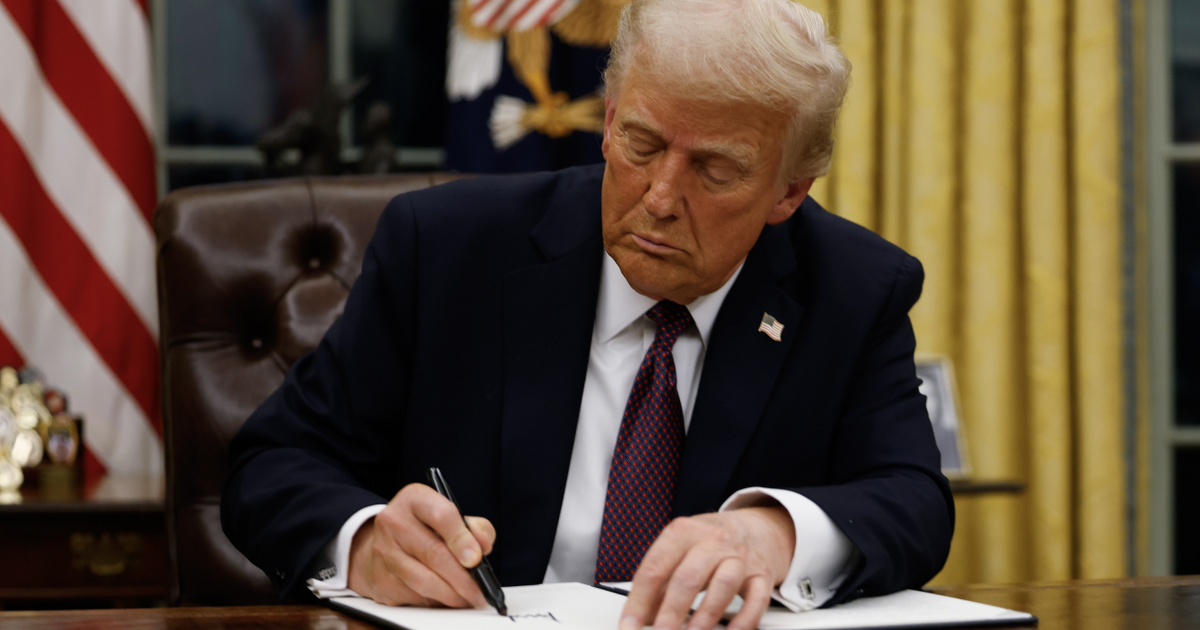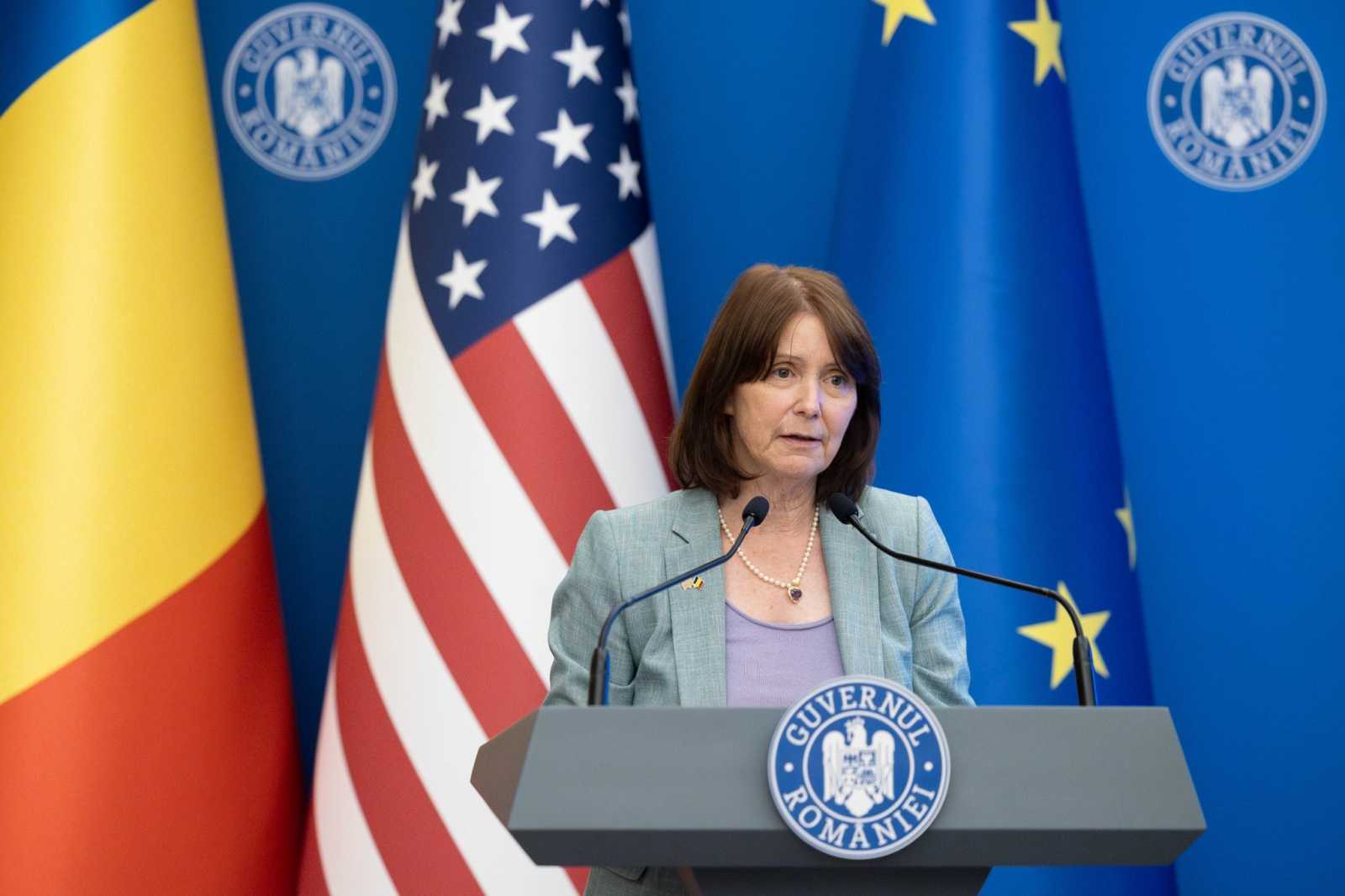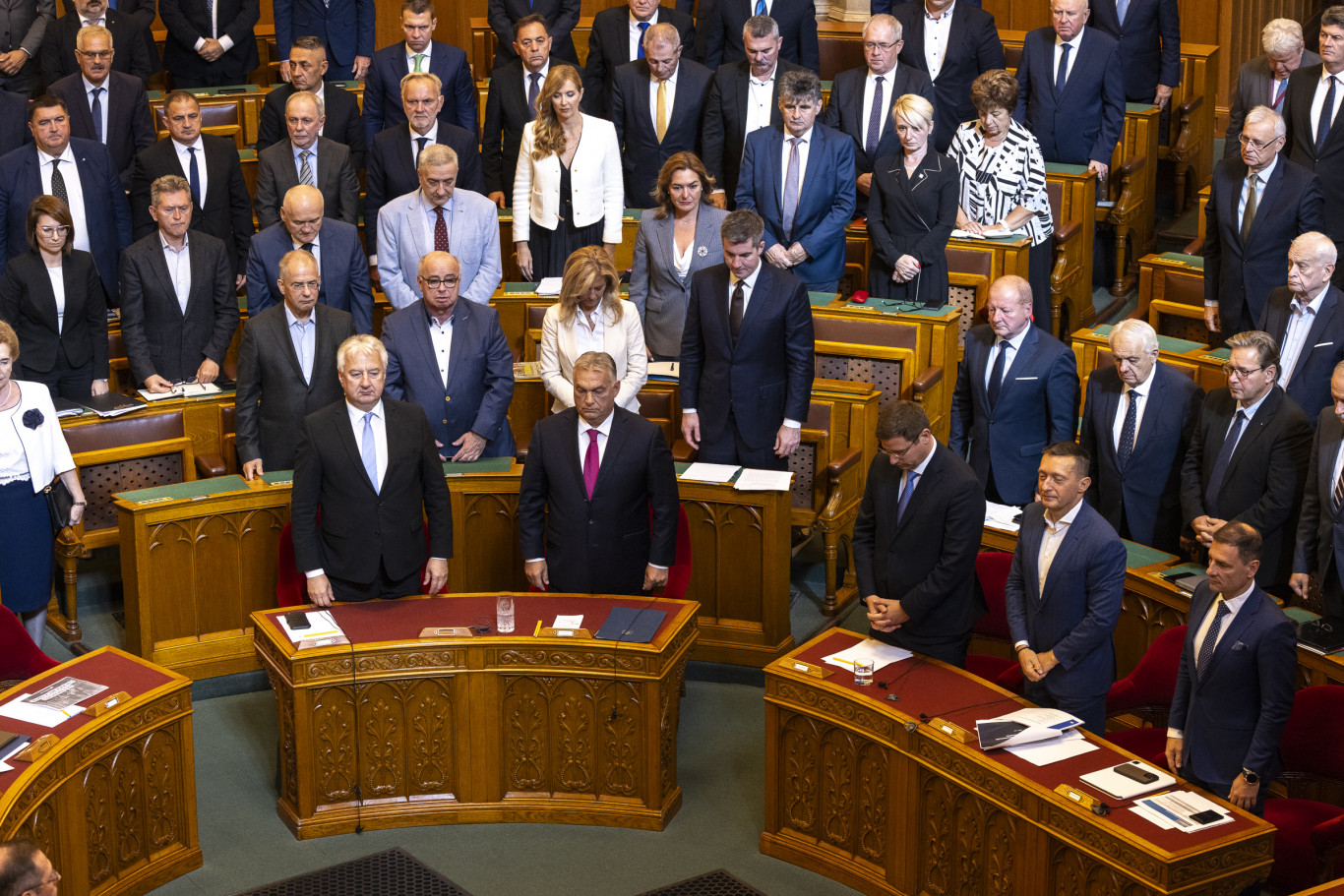Five billion doses of vaccines have already been administered worldwide, but just over 15 million of them have gone to developing countries: the global economy could lose $2.3 trillion due to inequality in vaccine distribution. The Economist Intelligence Unit estimates that in countries where 60% of the population has not been immunized by mid-2022, there will be a financial loss between 2022 and 2025, Writes CNBC.
The scissors continue to open
The hardest-hit continent is Asia: they estimate a loss of $1.7 trillion for them, equivalent to 1.3 percent of GDP. In sub-Saharan Africa, the GDP loss can be as high as 3%.
“These estimates have a very strong message, but they only capture partially missed economic opportunities, particularly in the longer term,” said Agathe Demarais, director of global forecasts at EIU, noting that the forecast did not take into account the impact of the pandemic on education. . Wealthier countries turned to distance learning at a time of shortage, but many in the developing world did not have such an opportunity.
The scissors have also widened between rich and poor nations during the pandemic, as developed regions are already well on their way to third vaccinations and economic restarts, while poor countries are still far behind in immunizing the population.
Immunization programs in poor countries are progressing slowly,
Which has many reasons. These include scarcity of production capacity and a global shortage of raw materials for vaccine production, logistical difficulties in transporting and storing vaccines, and mistrust of vaccines.
Vaccine donation doesn’t work well
Many developing countries cannot even buy vaccines for the population, so they need donations, but international initiatives in this direction have not yet fulfilled their promises.
“There is little chance that the gap in access to vaccines will ever be closed,” Agathe Damaris said in a statement. The WHO-sponsored COVAX initiative, which aims to get vaccines to emerging economies, has fallen short of expectations.
“Despite generous promises, donations from rich nations covered only a fraction of the needs and often went undeliverable.”
Believes. In addition to plans of 2 billion doses, COVAX has delivered 217 million doses to date, and has also reached countries such as Canada, Australia and New Zealand.
As a result, poor countries will have a more difficult time recovering from the pandemic, especially if they have to re-introduce some restrictive measures due to lower vaccination rates. Tourists will also likely avoid affected states due to safety concerns, and residents will become increasingly dissatisfied with driving. Unrest is expected in the coming months and years in several parts of the world for such reasons.
Herd immunity is not available
Additionally, as the viral situation worsens, herd immunity is likely to become inaccessible, as vaccines can reduce the incidence of serious cases, hospitalizations and deaths to a lesser extent, according to the report.
Damari believes that political leaders were preoccupied with strategies for short-term emergencies, but now they need to develop long-term plans.
“Here, too, the contrast between the rich and the poor will be sharp: the immunized rich nations will have a choice, while the unvaccinated poor nations will not.”
– Tell.
According to Johns Hopkins University, more than 213 million people have been infected with the Covid-19 virus and at least 4.4 million people have died during the pandemic.
All Infostart articles on the Coronavirus can be read here!
Nyitókep: MTI / EPA / Luong Thai Linh












































